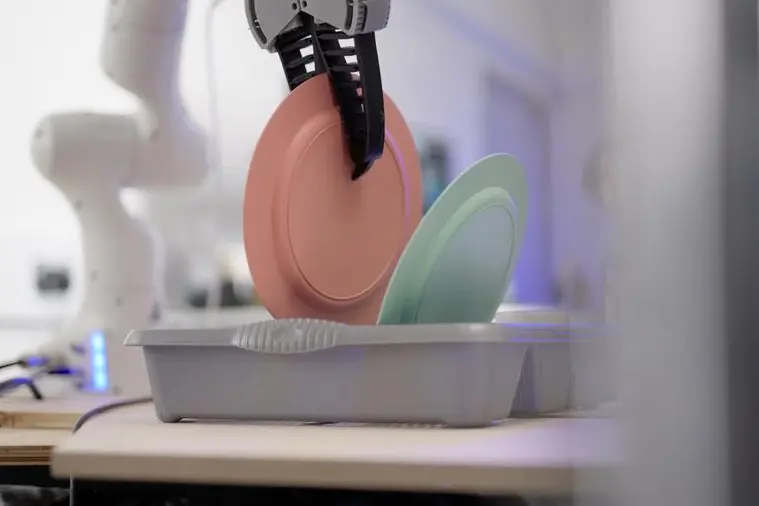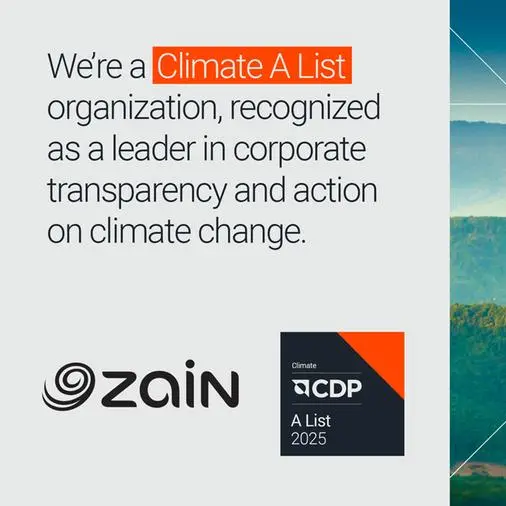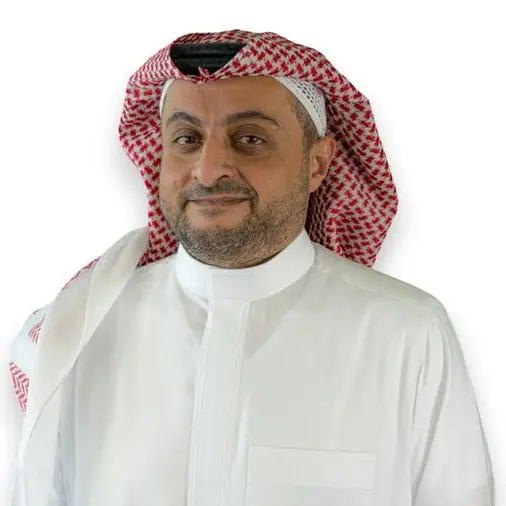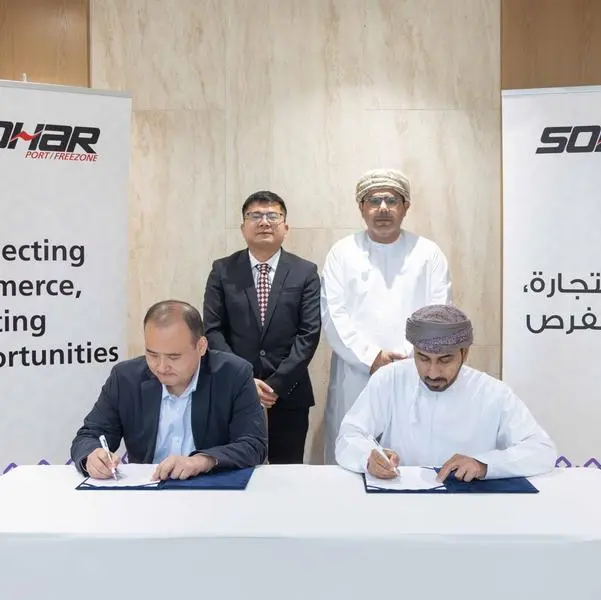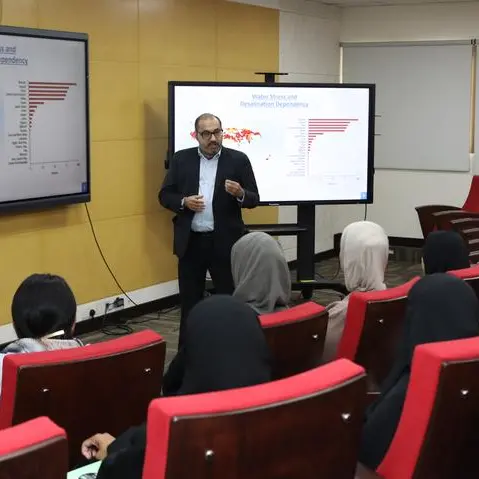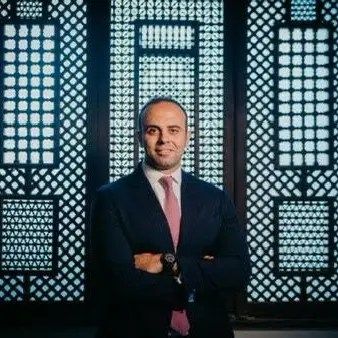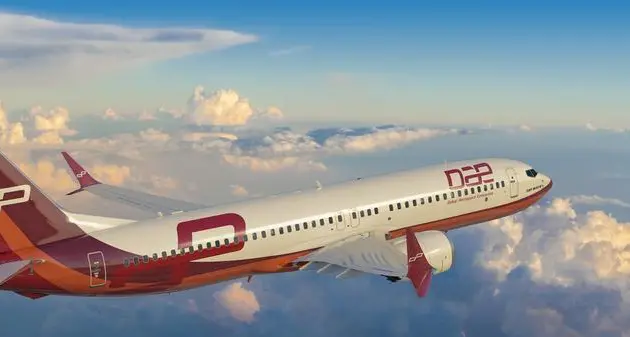PHOTO
- Dyson releases film at the premier academic International Conference on Robotics and Automation in Philadelphia
- Exclusive behind the scenes film of company labs catches Dyson-designed robotic hands grasping objects, signalling that the tech company is moving beyond robot floor-based vacuums
- Jake Dyson, Chief Engineer, reveals the company is building the UK’s largest robotics research centre at its Hullavington Airfield site and issues call to robotics engineers to join Dyson
- Robotics is at the centre of Dyson’s five-year £2.75bn investment plan into new technologies and facilities. More than 2,000 people have joined the tech company this year globally, of which 50% are engineers, scientists, and coders
Today, Wednesday 25 May, at the International Conference on Robotics and Automation (ICRA) in Philadelphia, Dyson is giving its biggest clue yet to the future of household robots as it seeks to woo the brightest in the field of robotics to join its rapidly growing team.
At the conference, Dyson provides further definition to its ambitions in advanced robotics, and signals it is accelerating development of an autonomous device capable of household chores and other tasks. A film, which has also been released on social media, catches the latest developments of Dyson-designed robotic hands grasping objects, indicating that the tech company is moving beyond robotic floor-based vacuums. The secret R&D work at Hullavington Airfield in Wiltshire is being led by Dyson’s Chief Engineer Jake Dyson.
Dyson is half-way through the largest engineering recruitment drive in its history. 2,000 people have joined the tech company this year, of which 50% are engineers, scientists, and coders. Dyson is supercharging its robotics ambitions, recruiting 250 robotics engineers across disciplines including computer vision, machine learning, sensors and mechatronics, and expects to hire 700 more in the robotics field over the next five years. The master plan: to create the UK's largest, most advanced, robotics centre at Hullavington Airfield and to bring the technology into our homes by the end of the decade.
New recruits will be based at Hullavington Airfield in Wiltshire, a new London laboratory close to the Dyson Robotics Lab at Imperial College, and Singapore at Dyson’s global headquarters. Over the past six months, Dyson has been secretly refitting one of the main aircraft hangars at Hullavington Airfield to prepare for 250 roboticists to move into their new home. Its latest robotics makeover is the next stage in Dyson’s £2.75bn investment plan in new technologies, products and facilities; £600m of which is to be spent this year.
Jake Dyson, Chief Engineer at Dyson, said: “Dyson employed its first roboticist 20 years ago and this year alone we are seeking 250 more experts for our team. This is a ‘big bet’ on future robotic technology that will drive research across the whole of Dyson, in areas including mechanical engineering, vision systems, machine learning and energy storage. We need the very best people in the world to come and join us now.”
Until now, Dyson’s robots have been floor-based vacuum cleaners – the first of which, the DC06, was designed 20 years ago. Offering glimpses of new research in manipulation, robot learning, visual perception and compliant control, Dyson’s film gives the world a first glimpse into its latest “big bet”. It also shows a flight of stairs.
-Ends-
About Dyson
Dyson is a global research and technology company with engineering, research, development, manufacturing and testing operations in Singapore, the UK, Malaysia, Mexico, China and the Philippines. Having started in a coach house in the UK, Dyson has consistently grown since it was established in 1993. Today, it has a global headquarters in Singapore and two technology campuses in the UK spanning over 800 acres in Malmesbury and Hullavington. Since 1993, Dyson has invested more than £1bn in its Wiltshire offices and laboratories that house the early-stage research, design and development of future Dyson technology. Dyson remains family-owned and employs 14,000 people globally including a 6,000 strong engineering team. It sells products in 84 markets in over 300 Dyson Demo stores, 50 of which opened around the world in 2021 including a new Dyson Virtual Reality Demo Store.
Dyson is investing £2.75bn in the business to conceive revolutionary products and technologies, and in 2022 will spend £600m of this investment in technology, facilities, and laboratories. Dyson has global teams of engineers, scientists and software developers focused on the development of solid-state battery cells, high-speed electric digital motors, sensing and vision systems, robotics, machine learning technologies and A.I. investment. Since inventing the first cyclonic bagless vacuum cleaner - DC01- in 1993, Dyson has created problem solving technologies for haircare, air purification, robotics, lighting and hand drying.
Dyson is looking to hire 2,000 people in 2022 to contribute to the development of radical new technologies. The roles, of which 900 are in the UK, span all levels and are in teams including Electronics, Acoustics, Design engineering, Machine learning, Software, Data connectivity, Robotics and Materials – teams at the forefront of Dyson’s development in new fields.
Robotics
Dyson previously pioneered vision systems technology in robotics with the Dyson 360 Eye robot vacuum cleaner (2016) and the improved Dyson Heurist (2020). These robots – first and foremost highly effective vacuum cleaners – use vision-based mapping, Dyson-designed algorithms and a 360-degree camera in order to see, film and interpret – understanding and learning the layout of homes and how to avoid obstacles including humans and pets.
The new Hullavington Robotics centre (H85) will be home to 250 robotics engineers, working hand in hand with colleagues in Singapore at Dyson’s global headquarters, researchers at the Dyson Robotics Lab at Imperial College and a new London laboratory.
Key Facts and Figures
- Despite significant challenges and lost production from the Covid-19 pandemic and a global chip shortage, Dyson announced strong 2021 revenue growth of 5% to £6.0bn (2020: £5.7bn) and profits (EBITDA) up 16% to £1.5bn (2020: £1.3bn).
- Since introducing the revolutionary cordless vacuum format, Dyson has now sold more than 70m cord-free machines around the world.
- In 2021, Dyson Haircare enjoyed strong demand selling its 20 millionth haircare product – a range which includes the Supersonic hairdryer, the Corrale straightener and the now reengineered Airwrap multi-styler.
- Last year Dyson manufactured its 100 millionth digital motor. The motors are five times faster than a Formula One engine and the technology lies at the heart of our machines, powering our popular cordless vacuum cleaners, the Airblade hand dryers, the iconic Supersonic hair dryer and the Airwrap styler.
- Dyson undertook one of the broadest studies of Air Quality during lockdown, using our air quality backpacks in 14 cities as well as data from our connected purifiers in homes around the world. Results indicated a rise in PM2.5 levels indoors during lockdown as people were spending more time within their homes.
- The annual Dyson Global Dust Study aims to understand people’s cleaning behaviours, awareness of dust science, and understanding of the potential impact it can have on one’s health and wellbeing. In 2021, due to the surge of pet ownership as a result of COVID-19, the scope of the study was expanded to understand people’s understanding about the correlation between pet ownership and household dust, which was undertaken by 32,282 respondents from 33 countries around the world.
